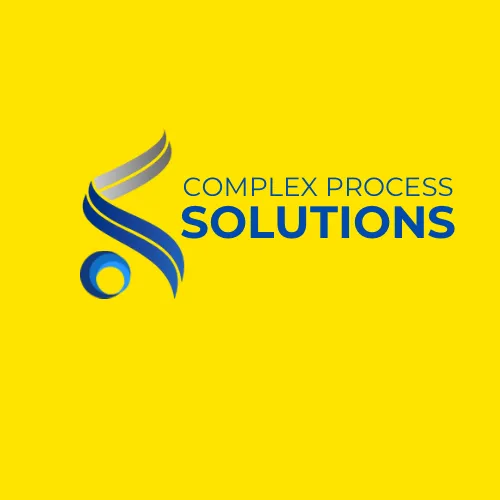Business Interruption Insurance Claims
The Most Complex Coverage to Adjust—Don’t Risk Costly Errors
Business Interruption insurance is widely recognized as one of the most challenging policies to interpret and adjust. Ensure your claim is accurate, compliant, and optimized—protect your business from unnecessary financial loss.
"A common misconception: Business interruption insurance covers your entire loss after a covered event — but that’s not always the case."
Business Interruption Insurance:What You Need to Know
Business Interruption (B.I.) Insurance is designed to help businesses recover lost income following a covered event—but it’s not as straightforward as many believe. This coverage is typically tied to physical damage at an insured location, such as a fire or natural disaster, and helps calculate the income a business would have earned had the loss not occurred.
To estimate this, insurers look at historical financial data, industry trends, and your specific business growth plans. It’s a blend of past performance and projected future potential.
Common Misconceptions
A frequent misunderstanding is that B.I. coverage pays for all financial losses after a disaster. In reality, most policies only cover income lost during the "restoration period" —the time it reasonably takes to repair or rebuild the property.
For example, if a restaurant is forced to close due to fire damage, and repairs are expected to take six months, B.I. coverage may only compensate for that six-month period—even if customers don’t return immediately after reopening. This extended loss of clientele (known as
loss of market) is not typically covered, unless additional coverage is purchased.
Physical Damage Requirement
One of the key requirements for most B.I. claims is direct physical damage to the insured property. Events like the BP Oil Spill demonstrated this: while many businesses along the Gulf Coast suffered financially, most didn’t receive payouts because their buildings weren’t physically damaged—despite experiencing a significant drop in customers due to media coverage and public fear.
Calculating a Business Interruption Claim
Calculating the payout is often complex and subject to negotiation. Here’s how it generally works:
Step 1: Estimate Expected RevenueThis is based on tax returns, profit/loss statements, and growth trends. Businesses with rising sales should ensure those increases are factored in—something many owners overlook.
Step 2: Subtract Non-Continuing ExpensesThese are costs that stop when your business isn’t operating (e.g., certain utilities, inventory restocking). What’s left is the actual loss.
Step 3: Factor in Continuing ExpensesExpenses like salaries, insurance, rent, and sometimes depreciation can remain and impact the payout. The more continuing expenses that qualify, the higher the potential claim.
What You Can Do
Because policy forms vary widely , it’s crucial to understand the exact language in your B.I. endorsement. How your loss is defined and calculated depends on the specific terms in your policy.
We recommend working with an experienced agent or broker who can structure the right type of coverage for your unique operations—including optional add-ons for loss of market
or extended recovery.
Protect Your Business Beyond the Basics
Business Interruption coverage can be the lifeline your business needs after a disaster—but only if it’s
properly structured and understood ahead of time.
Want help reviewing or improving your business interruption coverage? [Contact us today] to make sure your policy protects what matters most.
How We Work For You
The Insurance Claim Process and how we obtain the maximum amount on your claim.

Commercial Claims Process
We handle the entire insurance claims process so you can concentrate on running your life. There really is an advocate out there who offers a “Win-Win”.

Homeowners Claims Process
Complex Process Solution is the Public Adjusting Firm that provides Peace of Mind found when you know that your trusted ally is representing your best interest.

Multi Family Claims Process
Our Expert Public Adjusters file the claim for you, prepare a scope of work, prepare a detailed estimate of repairs, negotiate and settle Commercial, Homeowners and Multifamily Insurance Claims.

Public adjusters work for you—not the insurance company—and are typically paid only if you get a settlement.
Quick Links
Location: 10805 Blue River Drive, Yukon OK 73099
Phone: (346) 381-9629
